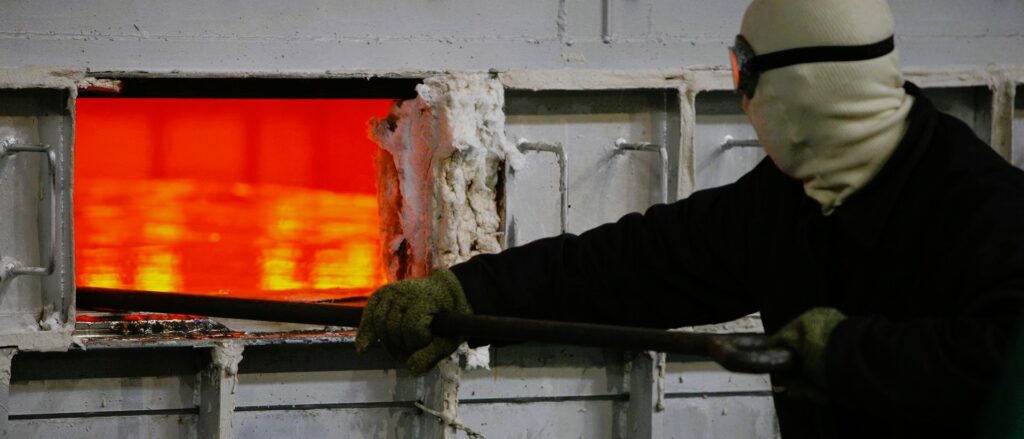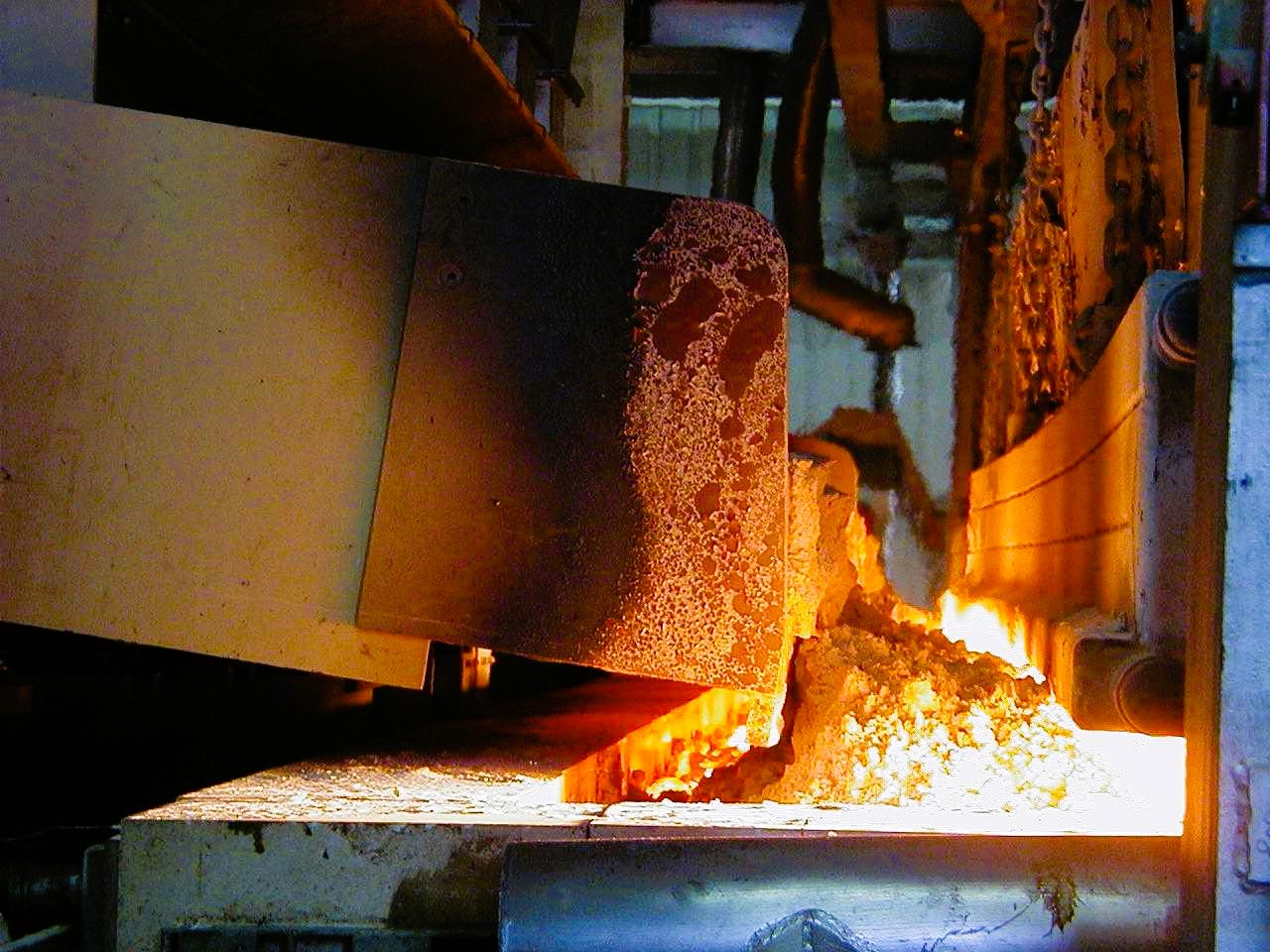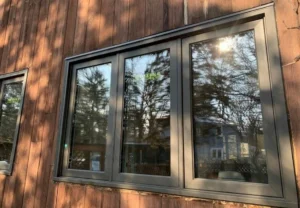Glass, a material known for its transparency and versatility, has a long history that dates back thousands of years. Today, it plays a crucial role in modern construction, from windows that allow natural light to enter our homes to the sleek glass facades of skyscrapers. The journey from raw materials to transparent glass sheets is a fascinating process that involves precision, high temperatures, and careful craftsmanship. In this article, we will delve into the glass melting process and gain a deeper understanding of how this remarkable material is created.
The Ingredients: Raw Materials for Glass
The first step in glass manufacturing is the selection and preparation of raw materials. The primary components of glass are:
- Silica (SiO2): Silica, often derived from high-quality silica sand, is the primary ingredient in glass. Its high purity and uniform grain size contribute to the clarity and transparency of glass. Silica sand is carefully sourced, washed, and purified to remove impurities.
- Soda Ash (Sodium Carbonate, Na2CO3): Soda ash serves as a flux, reducing the melting temperature of silica sand. It aids in the dissolution of other raw materials and enhances the stability and workability of the glass.
- Limestone (Calcium Carbonate, CaCO3): Limestone acts as a fluxing agent, helping control the glass’s melting temperature, viscosity, and chemical properties. It also reduces the glass’s susceptibility to chemical attack.
In addition to these primary materials, glass may contain additives and colorants, depending on the desired properties of the final product.
The Furnace: Where the Magic Happens
The heart of glass manufacturing is the furnace, a structure designed to withstand extreme temperatures. Furnaces used in glass production can reach temperatures exceeding 1700 degrees Celsius (3092 degrees Fahrenheit). The furnace is a crucial component because it is here that the raw materials undergo a dramatic transformation.
The glass melting process involves several stages:
- Batch Mixing: The carefully measured raw materials are combined to create a homogeneous batch mix. The specific composition of the batch is determined by the type of glass being produced.
- Heating: The batch mix is fed into the furnace and exposed to intense heat. At these high temperatures, the raw materials begin to melt and fuse together.
- Melting: As the raw materials continue to heat up, they turn into a molten glass. The extreme heat causes the atoms in the material to vibrate vigorously, breaking the bonds between them and transforming them into a liquid state.
- Homogenization: The molten glass undergoes a homogenization process to ensure uniform composition and quality. Any impurities or bubbles are carefully removed.
Forming the Glass Sheets
Once the molten glass is ready, it can be shaped into various forms depending on its intended use. For the production of glass sheets, the following methods are commonly used:
- Float Glass Process: In this method, the molten glass is poured onto a bed of molten tin, creating a continuous ribbon of glass that floats on the tin’s surface. As it cools and solidifies, it forms a perfectly flat and uniform sheet.
- Sheet Rolling: Molten glass can be rolled between large metal rollers to achieve the desired thickness and dimensions. This method is commonly used for producing rolled glass for architectural applications.
- Drawn Glass: In the drawn glass process, molten glass is drawn vertically from the furnace, creating a continuous glass ribbon that can be cut into sheets of various sizes. Do you like the article? Read also about Types of window glass: from regular to heat-insulating.
Annealing: The Key to Strength

After forming, the glass sheets are gradually cooled in a controlled environment known as an annealing oven. Annealing is a crucial step in glass manufacturing as it relieves internal stresses, ensures uniform thickness, and enhances the glass’s overall strength and durability.
Cutting and Finishing
Once the glass has been annealed, it is ready for cutting and finishing. Automated machinery or skilled artisans cut the glass sheets into the desired dimensions and shapes. Additional processes, such as polishing, edging, and drilling, are performed to meet specific requirements.
Quality Control and Standards
Quality control is a vital aspect of glass manufacturing. Stringent standards and testing procedures are in place to ensure that the glass meets industry specifications for clarity, strength, and safety. In Canada, standards for glass manufacturing are regulated to guarantee the quality and performance of glass products used in various applications, including construction.
For more detailed information on glass manufacturing standards in Canada, you can visit Canada.ca Glass Manufacturing Standards.
Conclusion: The Art and Science of Glass Making
The glass melting process is a remarkable blend of art and science. From carefully selecting raw materials to the precise control of temperatures, each step contributes to the creation of the transparent, versatile material we know as glass. Its applications are diverse, ranging from architectural wonders to intricate glass art, and its significance in modern construction cannot be overstated. As we continue to explore the world of glass, we gain a deeper appreciation for the craftsmanship and innovation that make




